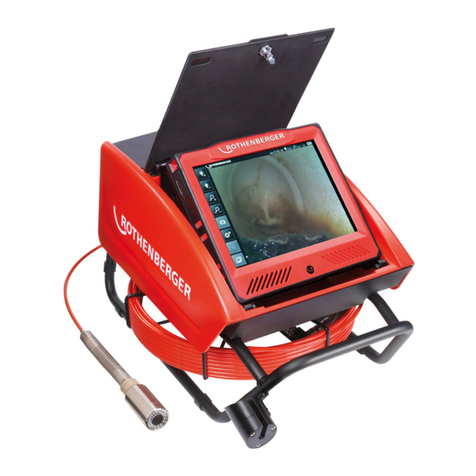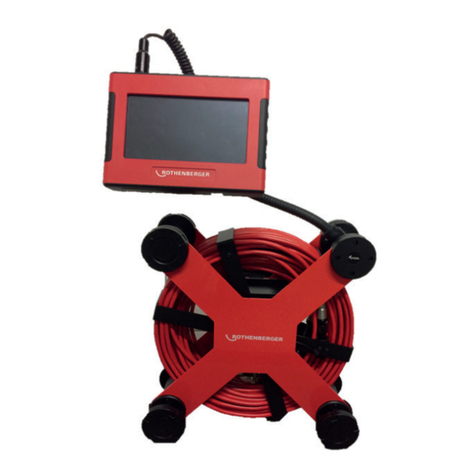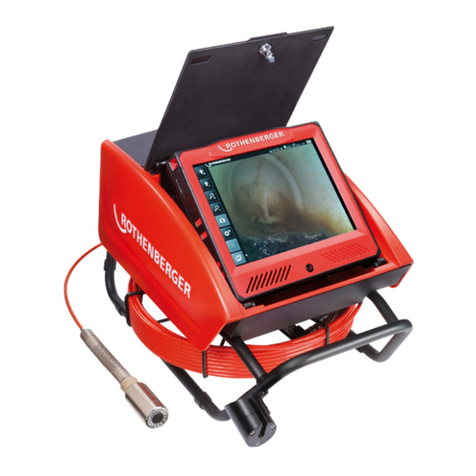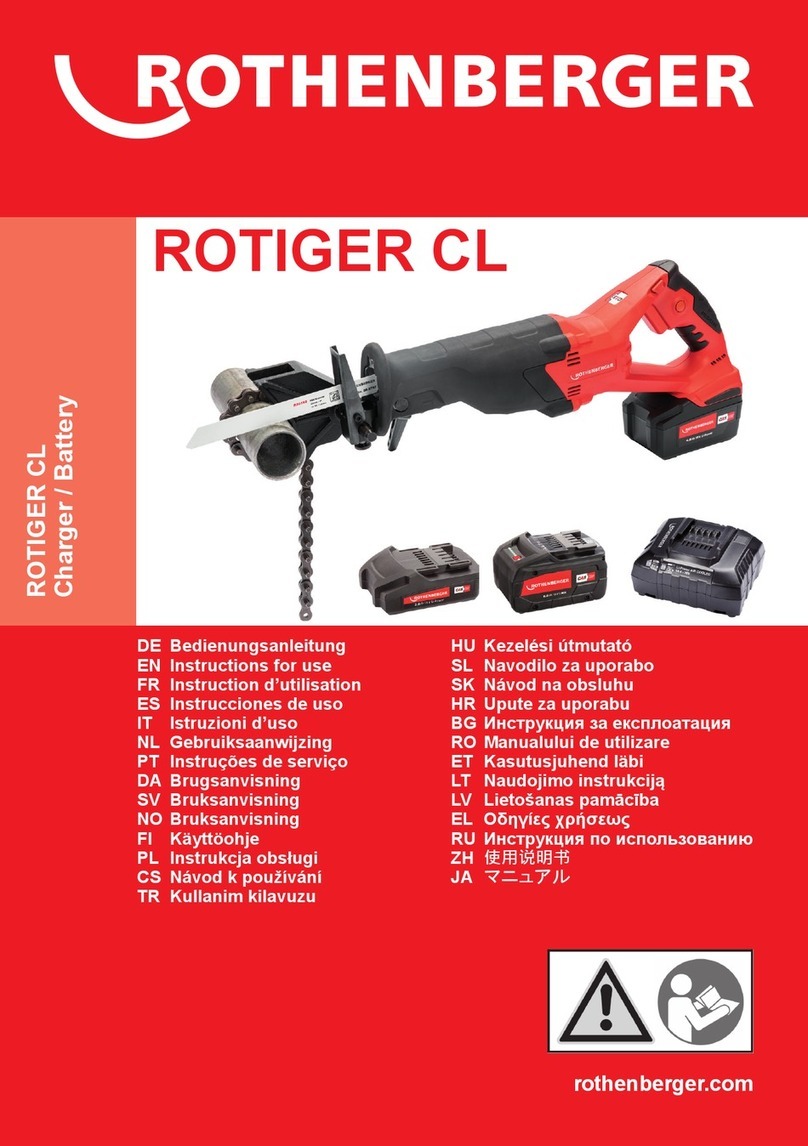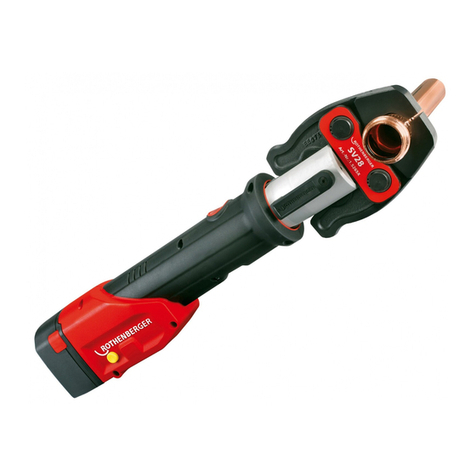
14 ENGLISH
a) Stay a ert, watch what you are doing and use common sense when operating a power
too . Do not use a power too whi e you are tired or under the inf uence of drugs, a -
coho or medication. A momentary lack of attention while operating power tools may result
in serious personal injury.
b) Use persona protective equipment. A ways wear eye protection. Protective equipment
such as dust mask, non-skid safety shoes, hard hat, or hearing protection used for appropri-
ate conditions will reduce personal injuries.
c) Prevent unintentiona starting. Ensure the switch is in the off-position before connect-
ing to power source and/or battery pack, picking up or carrying the too . Carrying
power tools with your finger on the switch or energising power tools that have the switch on
invites accidents.
d) Remove any adjusting key or wrench before turning the power too on. A wrench or a
key left attached to a rotating part of the power tool may result in personal injury.
e) Do not overreach. Keep proper footing and ba ance at a times. This enables better
control of the power tool in unexpected situations.
f) Dress proper y. Do not wear oose c othing or jewe ery. Keep your hair, c othing and
g oves away from moving parts. Loose clothes, jewellery or long hair can be caught in
moving parts.
g) If devices are provided for the connection of dust extraction and co ection faci ities,
ensure these are connected and proper y used. Use of these devices can reduce dust re-
lated hazards.
4) Power too use and care
a) Do not force the power too . Use the correct power too for your app ication. The cor-
rect power tool will do the job better and safer at the rate for which it was designed.
b) Do not use the power too if the switch does not turn it on and off. Any power tool that
cannot be controlled with the switch is dangerous and must be repaired.
c) Disconnect the p ug from the power source and/or the battery pack from the power
too before making any adjustments, changing accessories, or storing power too s.
Such preventive safety measures reduce the risk of starting the power tool accidentally.
d) Store id e power too s out of the reach of chi dren and do not a ow persons unfami -
iar with the power too or these instructions to operate the power too . Power tools are
dangerous in the hands of untrained users.
e) Maintain power too s. Check for misa ignment or binding of moving parts, breakage
of parts and any other condition that may affect the power too s operation. If dam-
aged, have the power too repaired before use. Many accidents are caused by poorly
maintained power tools.
f) Keep cutting too s sharp and c ean. Properly maintained cutting tools with sharp cutting
edges are less likely to bind and are easier to control.
g) Use the power too , accessories and too bits etc., in accordance with these instruc-
tions, taking into account the working conditions and the work to be performed. Use
of the power tool for operations different from those intended could result in a hazardous sit-
uation.
5) Battery too use and care
a) Recharge on y with the charger specified by the manufacturer. A charger that is suita-
ble for one type of battery pack may create a risk of fire when used with another battery
pack.
b)
WARNING! Use power too s on y with specifica y designated battery packs
and respective y battery types. Use of any other battery packs may create a risk
of explosions, injury and fire.
c) When battery pack is not in use, keep it away from other meta objects ike paper
c ips, coins, keys, nai s, screws, or other sma meta objects that can make a connec-
tion from one termina to another. Shorting the battery terminals together may cause
burns or a fire.

